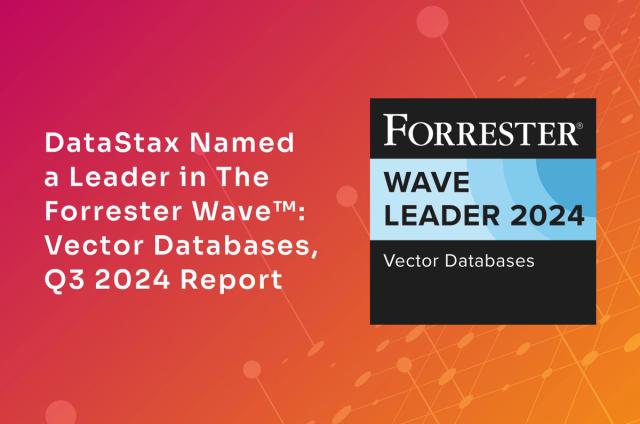Data Strategy Modernization for Federal Agencies

Federal and government agencies are facing both a huge opportunity and a huge challenge right now, thanks to the continued adoption of the cloud and the ongoing push to leverage mobile technologies to streamline operations and improve mission performance.
The challenge is to keep their data as safe as possible in light of new and tougher regulations, smarter cybercriminals, and the ever-increasing amount and variability of data. In parallel, the opportunity is in using proper data management tools and powerful database technology to positively impact democracy, citizen services, civic participation, and government efficiency.
The good news is that both endeavors—meeting the challenge of data security and capitalizing on the opportunity of driving government efficiency and innovation—can be achieved through your data management solution.
These are the three key things every government and federal agency should look for in choosing the right database to support their data strategy modernization:
1. Scalable (NoSQL vs. RDBMS)
Relational database management systems (RDBMS) had their time and are still viable for certain use cases, but when it comes to highly sensitive government and/or federal agency data, you really don’t want to be relying on an RDBMS. Why? Simply put: they weren’t built to handle the volume and variety of today’s data, and they certainly weren’t built with things like the cloud and smartphones in mind. Like anything in life, you need “the right tool for the job,” and an RDBMS doesn’t effectively solve every modern database need.
To support and manage federal agency data for large programs, a NoSQL database will often meet requirements more effectively than an RDBMS. NoSQL databases provide the scalability and resiliency agencies need, and they can handle very large sets of distributed data, which is key in the age of the cloud and smartphones. This is especially important for mission-critical systems.
2. Resilient (Always On)
As opposed to a “highly available” database, which reactively uses redundant and usually idle hardware, software, and other resources to recover from network failures and resume normal operations, an always-on database is designed to proactively avoid disasters and is purpose-built to eliminate failure altogether. It accomplishes this through features like a masterless architecture and advanced data replication. While there are many nuances here, what is key is to architect for disaster avoidance (always on) as opposed to disaster recovery.
3. Hybrid Cloud-Ready (Flexible Architecture)
Eventually, and most likely in the very near future, there will be extremely few private sector organizations left that aren’t building and deploying their mission-critical applications in hybrid or multi-cloud computing environments. This is driven by the desire to commoditize infrastructure to ensure architectural flexibility to meet evolving demand based on business needs.
The same is true of governments and federal agencies. This is what the U.S. government’s Cloud Smart strategy is all about.
Hybrid cloud offers a rare opportunity to expedite modernization while leveraging the public cloud infrastructure where appropriate. This allows agencies to architect for heavy usage while ensuring protection from outages and failures.
In looking at how to effectively modernize your agency’s data strategy, the right approach and toolsets are critical. With the power and flexibility of a NoSQL database that is always on and hybrid cloud-ready, there’s no reason today’s governments and federal agencies can’t capitalize on data the same way their private sector counterparts are to disrupt through innovation. That is a mission well worth pursuing.




